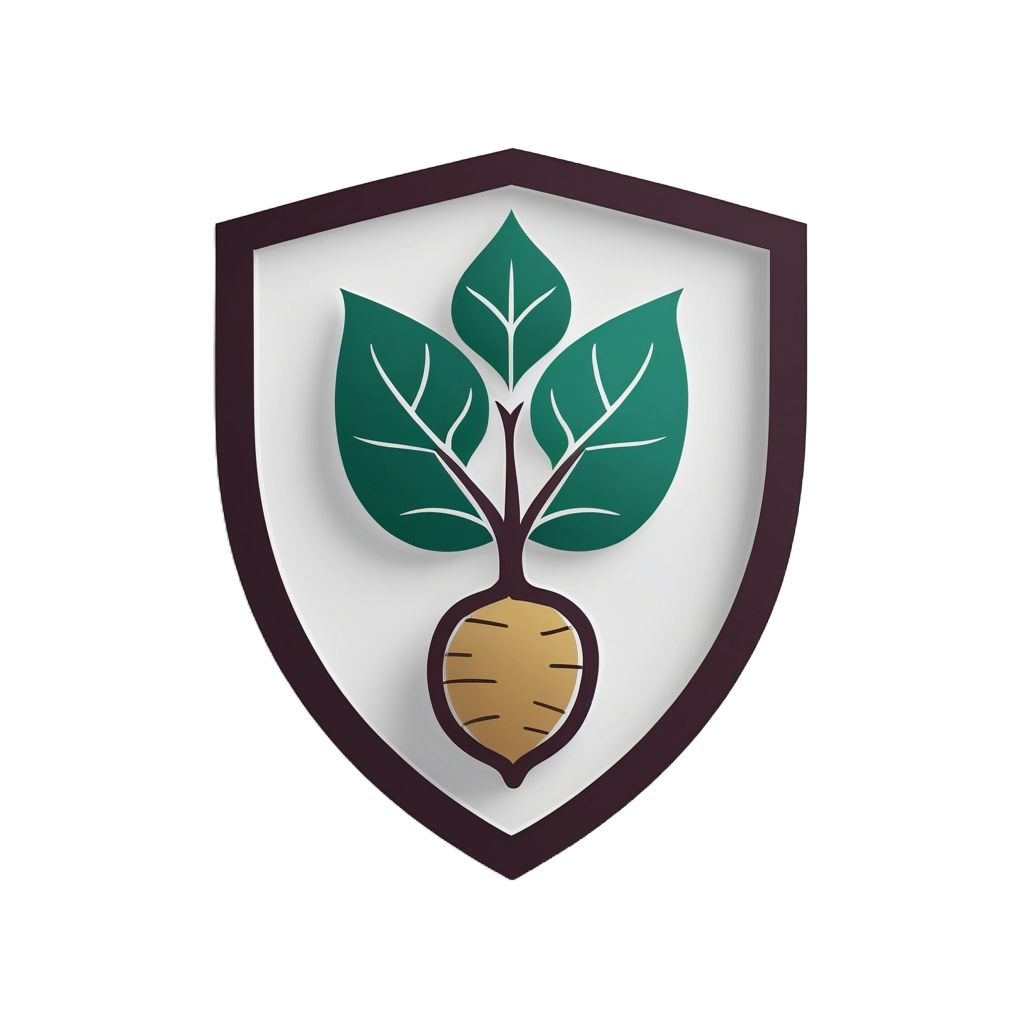Introduction
Foraging is one of the oldest human traditions. Long before supermarkets, our ancestors gathered wild plants, nuts, roots, and herbs from forests and fields. Today, foraging is making a comeback—not only as a way to find unique flavors but also to reconnect with nature. But before you start picking, safety is key. One mistake can turn a healthy adventure into a dangerous one.
Why Safety Matters
Nature is abundant, but not everything is safe to eat. Some edible plants have toxic lookalikes, while others can cause allergic reactions. Responsible foraging means protecting both yourself and the environment.
Beginner Safety Tips
- Learn Identification First: Carry a guidebook or use reliable apps to identify plants.
- Avoid Lookalikes: For example, wild garlic looks like lily of the valley, which is poisonous.
- Start Small: Begin with common, safe plants like dandelion greens or blackberries.
- Check the Area: Never forage near polluted roadsides or sprayed fields.
- Respect Nature: Take only what you need, leaving enough for wildlife and regrowth.
Essential Tools for Foraging
- A small basket or cloth bag (plastic makes plants sweat and spoil).
- Scissors or a small knife.
- A plant guidebook or identification app.
- Gloves for prickly or stinging plants.
Conclusion
Foraging is about more than just free food—it’s a lifestyle that connects you to the land. By learning to forage safely, you ensure a rewarding experience without harm to yourself or nature. Take it slow, respect the ecosystem, and enjoy the adventure of discovering food the way our ancestors once did.
